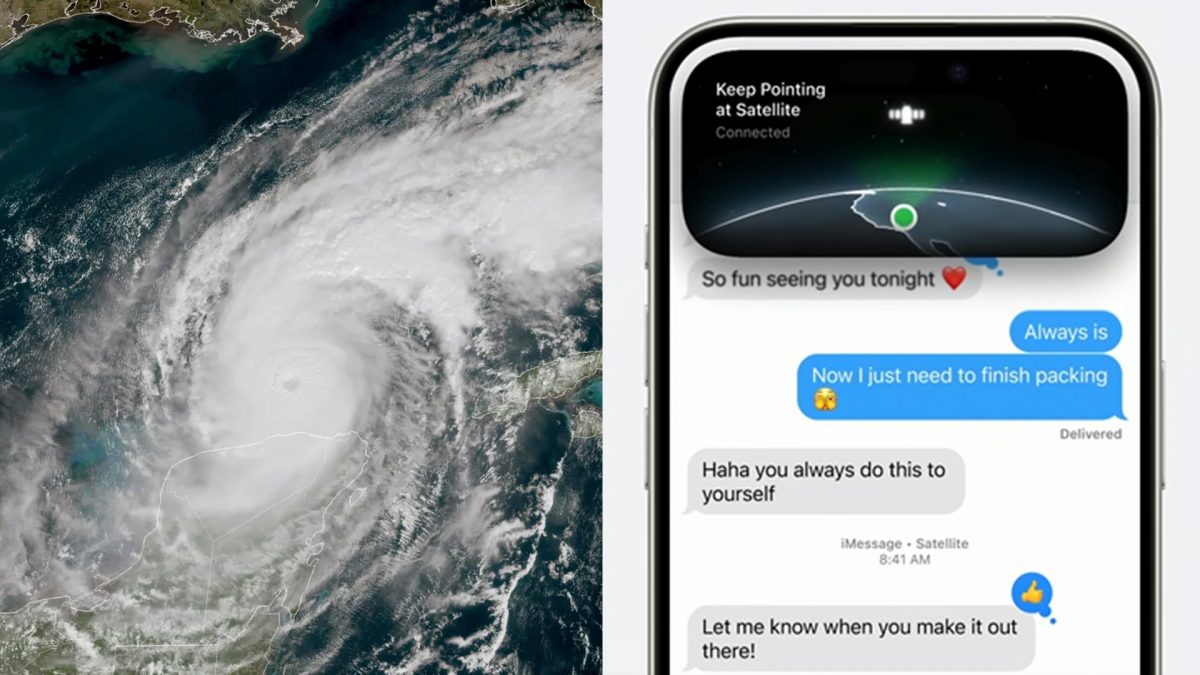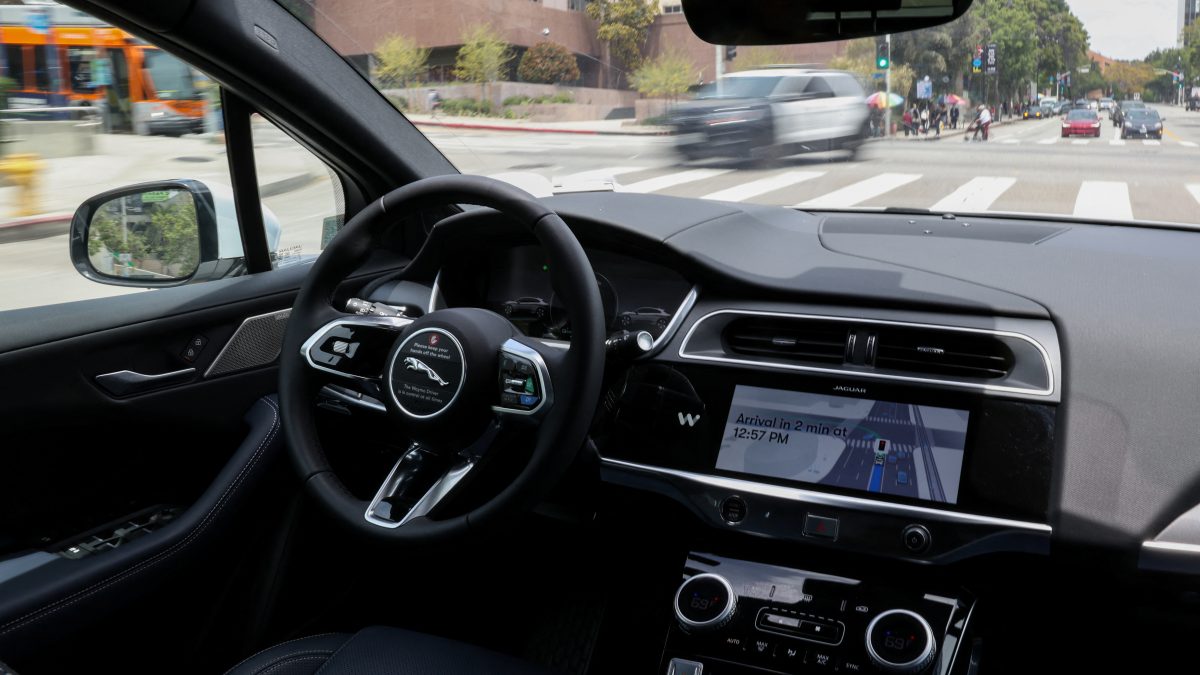More often than not, when a natural calamity strikes, one of the first things that go down is cell and internet connectivity. This can be quite unfortunate because not only does it make keeping a check on your loved ones a challenge, it also stops you from contacting emergency services.
So what should one do in such an instance? Well, if you are in the US, and are preparing to survive Hurricane Milton while staying at your home, and if you have an iPhone 14 or later, we suggest you update to iOS 18 immediately and get an idea of how to use its satellite connectivity features.
When the feature was first introduced with the iPhone 14 series, users could only contact emergency services. However, with iOS 18, they can use satellite connectivity to message their contacts
While many are excited about new home screen designs, the real game-changer in this update is the satellite messaging feature, which could serve as a lifeline when cellular service and Wi-Fi are down.
A lifeline from the skies
A recent report in the Wall Street Journal tells the story of Matt Van Swol, a resident of Asheville, North Carolina, who survived Hurricane Helene.
After Hurricane Helene knocked out cell networks and Wi-Fi, he was unable to contact his family to let them know he was safe. But after the storm passed, he stepped outside and used his iPhone 15 Pro Max to connect to a satellite. The moment his phone connected, messages from his worried parents and friends flooded in.
Impact Shorts
More ShortsThis feature, introduced in iPhone 14 models, allows users to contact emergency services via satellite. With the iOS 18 update, you can now text friends and family, even when traditional communication networks are down.
In fact, during the aftermath of Helene, many people relied on satellite messaging to stay in touch, including a journalist who used it to send updates on her iPhone 14 Pro.
How to enable Satellite Messaging on your iPhone
To use satellite messaging, you’ll need an iPhone 14, or later, which has been updated to iOS 18.
To do that, head to Settings > General > Software Update. Once that is done, you can send text messages via satellite when out of cellular or Wi-Fi range.
Your contacts must also be using iPhones with iOS 18 to receive messages. To ensure smoother communication, add them to your Family Sharing or emergency contacts in the Health app.
Unfortunately, Android users will have to wait, as satellite texting is still limited to Apple devices, though Google’s new Pixel 9 now supports emergency services via satellite.
Do keep in mind that satellite messaging has limitations. You won’t be able to send pictures, videos, or audio messages, and there’s a 500-character limit for texts.
Responses may be slower, especially if you’ve been offline for an extended period, but this feature can be a lifesaver in emergencies.
How Apple’s satellite connectivity works?
When you lose cellular coverage, your iPhone will prompt you to use satellite messaging. You’ll need to be outdoors with a clear view of the sky, as trees can interfere with the signal.
The iPhone guides you on where to point your device to maintain the satellite connection, though it may take some fiddling to get it right.
In ideal conditions, sending a message might take about 30 seconds, but under foliage, it could take up to a minute.


)

)
)
)
)
)
)
)
)



